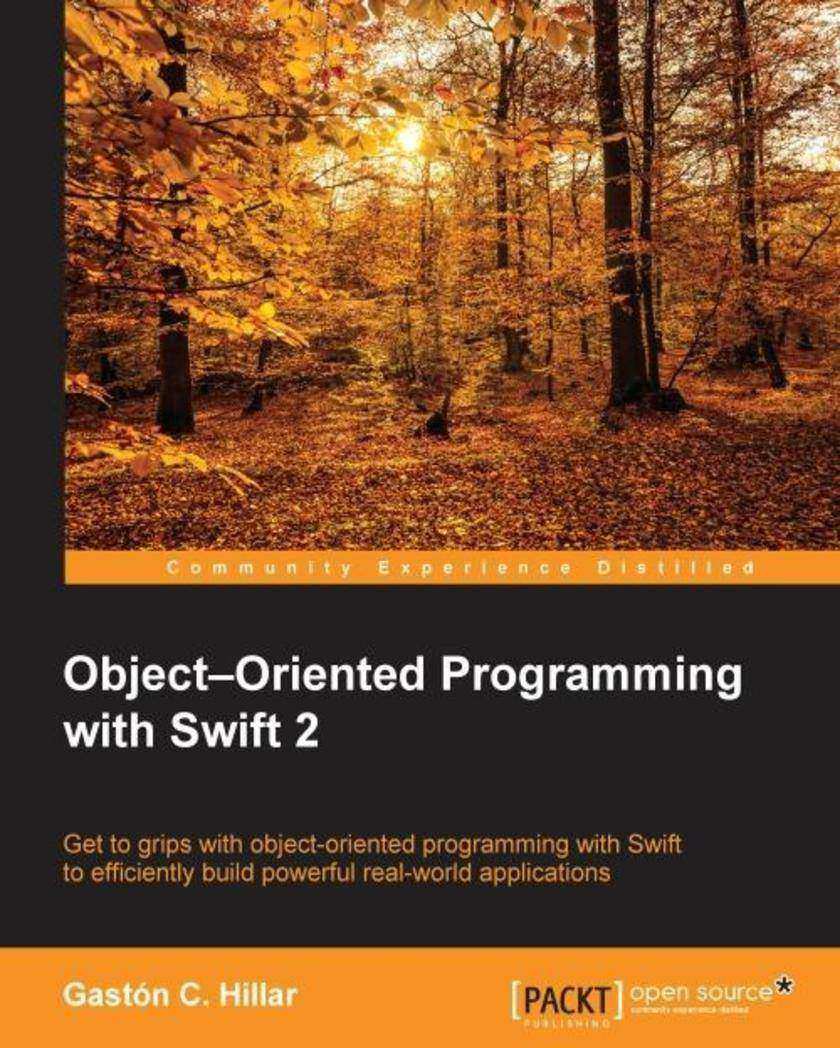
Object–Oriented Programming with Swift 2
¥80.65
Get to grips with object-oriented programming in Swift to efficiently build powerful real-world applicationsAbout This BookLeverage the most efficient object-oriented design patterns in your Swift applicationsWrite robust, safer, and better code using the blueprints that generate objectsBuild a platform with object-oriented code by using real-world elements and represent them in your appWho This Book Is ForIf you are an iOS developer who has a basic idea of object-oriented programming and want to incorporate its concepts with Swift to optimize your application's code and create reusable and easily to understand building blocks, then this book is for you. This is a very useful resource for developers who want to shift from Objective C, C#, Java, Python, JavaScript, or other object-oriented languages to SwiftWhat You Will LearnBuild solid, stable, and reliable applications using SwiftWork with encapsulation, abstraction, and polymorphism using Swift 2.0Customize constructors and destructors based on your needsDevelop Swift 2.0 with classes, instances, properties, and methodsTake advantage of generic code to maximize code reuse and generalize behaviorsUse state of inheritance, specialization, and the possibility to overload membersWrite high quality object-oriented code to build apps for iOS or Mac OS XIn DetailObject-Oriented Programming (OOP) is a programming paradigm based on the concept of objects; these are data structures that contain data in the form of fields, often known as attributes and code. Objects are everywhere, and so it is very important to recognize elements, known as objects, from real-world situations and know how they can easily be translated into object-oriented code.Object-Oriented Programming with Swift is an easy-to-follow guide packed full of hands-on examples of solutions to common problems encountered with object-oriented code in Swift. It starts by helping you to recognize objects using real-life scenarios and demonstrates how working with them makes it simpler to write code that is easy to understand and reuse.You will learn to protect and hide data with the data encapsulation features of Swift. Then, you will explore how to maximize code reuse by writing code capable of working with objects of different types. After that, you'll discover the power of parametric polymorphism and will combine generic code with inheritance and multiple inheritance. Later, you move on to refactoring your existing code and organizing your source for easy maintenance and extensions.By the end of the book, you will be able to create better, stronger, and more reusable code, which will help you build better applications.Style and approachThis simple guide is packed with practical examples of solutions to common problems. Each chapter includes exercises and the possibility for you to test your progress by answering questions.
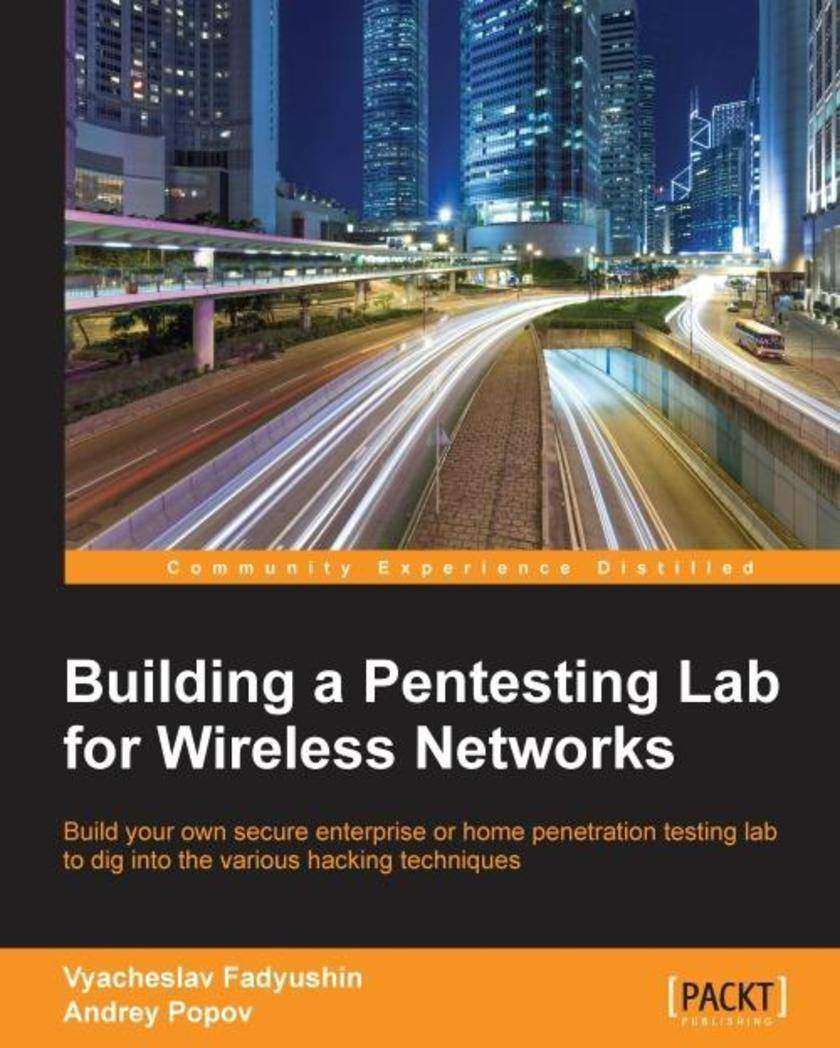
Building a Pentesting Lab for Wireless Networks
¥80.65
Build your own secure enterprise or home penetration testing lab to dig into the various hacking techniques About This Book Design and build an extendable penetration testing lab with wireless access suitable for home and enterprise use Fill the lab with various components and customize them according to your own needs and skill level Secure your lab from unauthorized access and external attacks Who This Book Is For If you are a beginner or a security professional who wishes to learn to build a home or enterprise lab environment where you can safely practice penetration testing techniques and improve your hacking skills, then this book is for you. No prior penetration testing experience is required, as the lab environment is suitable for various skill levels and is used for a wide range of techniques from basic to advance. Whether you are brand new to online learning or you are a seasoned expert, you will be able to set up your own hacking playground depending on your tasks. What You Will Learn Determine your needs and choose the appropriate lab components for them Build a virtual or hardware lab network Imitate an enterprise network and prepare intentionally vulnerable software and services Secure wired and wireless access to your lab Choose a penetration testing framework according to your needs Arm your own wireless hacking platform Get to know the methods to create a strong defense mechanism for your system In Detail Starting with the basics of wireless networking and its associated risks, we will guide you through the stages of creating a penetration testing lab with wireless access and preparing your wireless penetration testing machine. This book will guide you through configuring hardware and virtual network devices, filling the lab network with applications and security solutions, and making it look and work like a real enterprise network. The resulting lab protected with WPA-Enterprise will let you practice most of the attack techniques used in penetration testing projects. Along with a review of penetration testing frameworks, this book is also a detailed manual on preparing a platform for wireless penetration testing. By the end of this book, you will be at the point when you can practice, and research without worrying about your lab environment for every task. Style and approach This is an easy-to-follow guide full of hands-on examples and recipes. Each topic is explained thoroughly and supplies you with the necessary configuration settings. You can pick the recipes you want to follow depending on the task you need to perform.
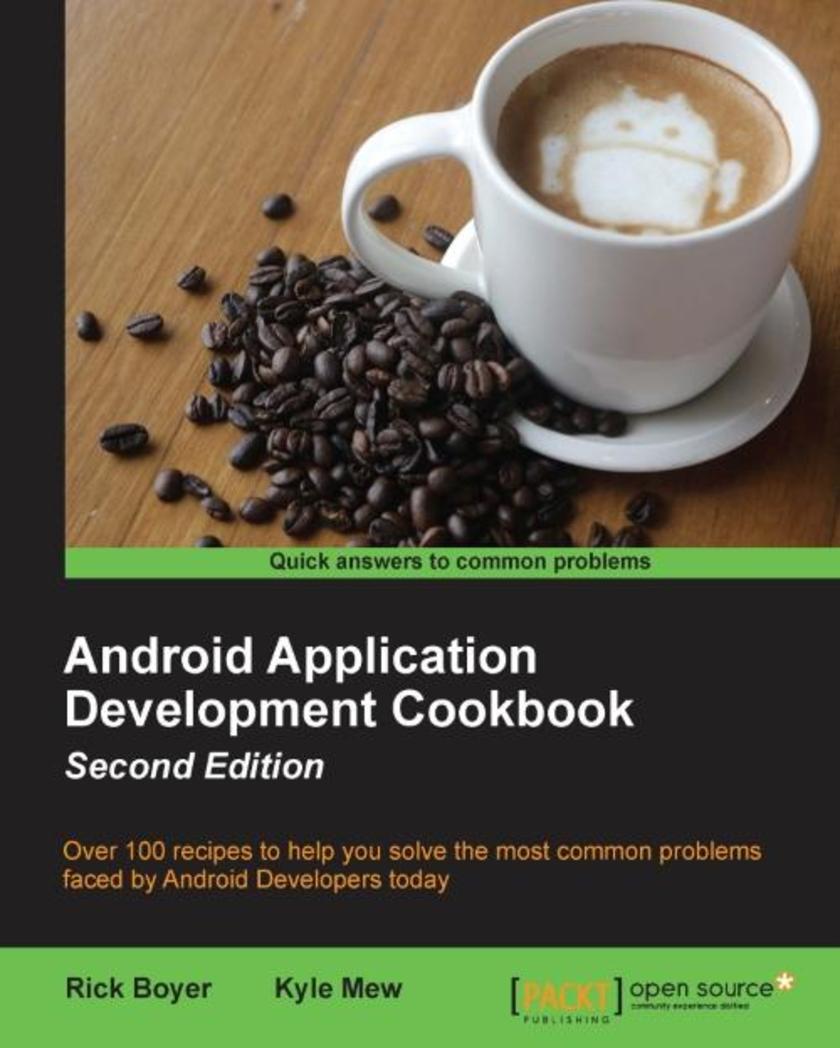
Android Application Development Cookbook - Second Edition
¥80.65
Over 100 recipes to help you solve the most common problems faced by Android Developers today About This Book Find the answers to your common Android programming problems, from set up to security, to help you deliver better applications, faster Uncover the latest features of Android Marshmallow to make your applications stand out Get up to speed with Android Studio 1.4 - the first Android Studio based on the IntelliJ IDE from JetBrains Who This Book Is For If you are new to Android development and want to take a hands-on approach to learning the framework, or if you are an experienced developer in need of clear working code to solve the many challenges in Android development, you can benefit from this book. Either way, this is a resource you’ll want to keep at your desk for a quick reference to solve new problems as you tackle more challenging projects. What You Will Learn Along with Marshmallow, get hands-on working with Google’s new Android Studio IDE Develop applications using the latest Android framework while maintaining backward-compatibility with the support library Master Android programming best practices from the recipes Create exciting and engaging applications using knowledge gained from recipes on graphics, animations, and multimedia Work through succinct steps on specifics that will help you complete your project faster Keep your app responsive (and prevent ANRs) with examples on the AsynchTask class Utilize Google Speech Recognition APIs for your app. Make use of Google Cloud Messaging (GCM) to create Push Notifications for your users Get a better understanding of the Android framework through detailed explanations In Detail The Android OS has the largest installation base of any operating system in the world; there has never been a better time to learn Android development to write your own applications, or to make your own contributions to the open source community! This “cookbook” will make it easy for you to jump to a topic of interest and get what you need to implement the feature in your own application. If you are new to Android and learn best by “doing,” then this book will provide many topics of interest. Starting with the basics of Android development, we move on to more advanced concepts, and we’ll guide you through common tasks developers struggle to solve. The first few chapters cover the basics including Activities, Layouts, Widgets, and the Menu. From there, we cover fragments and data storage (including SQLite), device sensors, the camera, and GPS. Then we move on more advanced topics such as graphics and animation (including OpenGL), multi-threading with AsyncTask, and Internet functionality with Volley. We’ll also demonstrate Google Maps and Google Cloud Messaging (also known as Push Notifications) using the Google API Library. Finally, we’ll take a look at several online services designed especially for Android development. Take your application big-time with full Internet web services without having to become a server admin by leveraging the power of Backend as a Service (BaaS) providers. Style and approach This book progresses from the fundamentals of Android Development to more advanced concepts, with recipes to solve the most common problems faced by developers. This cookbook makes it easy to jump to specific topics of interest, where you’ll find simple steps to implement the solution and get a clear explanation of how it works.
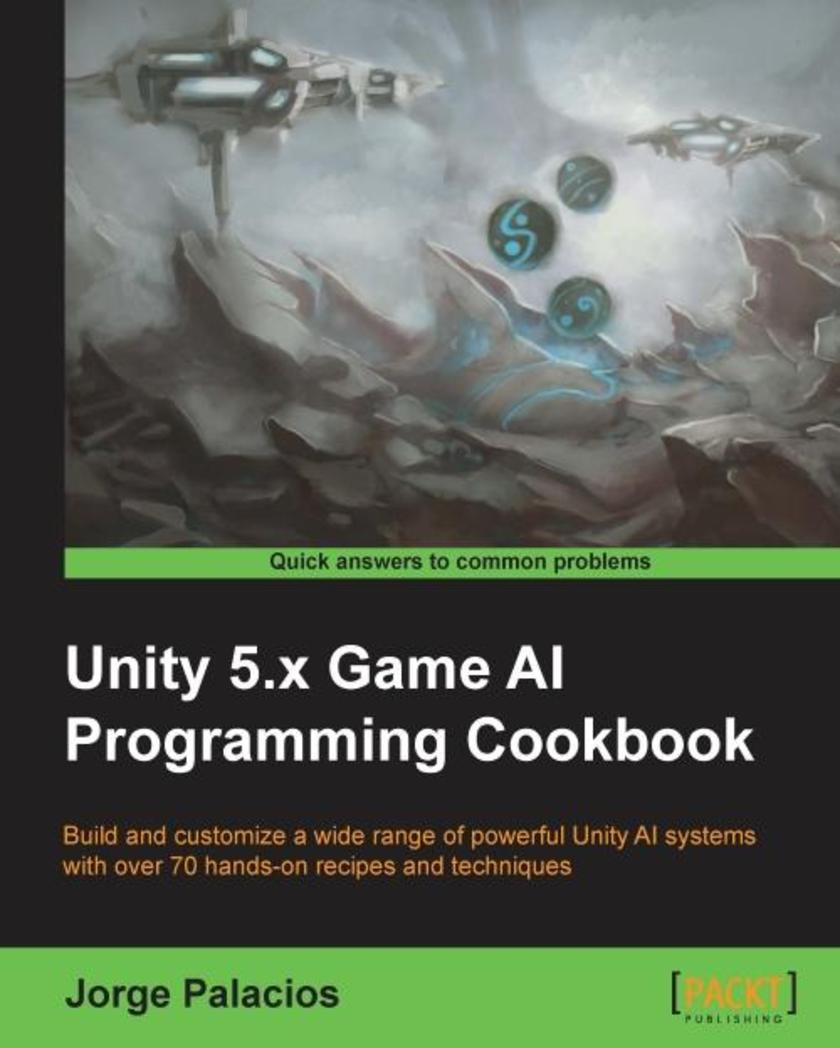
Unity 5.x Game AI Programming Cookbook
¥80.65
Build and customize a wide range of powerful Unity AI systems with over 70 hands-on recipes and techniques About This Book Empower your agent with decision making capabilities using advanced minimaxing and Negamaxing techniques Discover how AI can be applied to a wide range of games to make them more interactive. Instigate vision and hearing abilities in your agent through collider based and graph based systems Who This Book Is For This book is intended for those who already have a basic knowledge of Unity and are eager to get more tools under their belt to solve AI and gameplay-related problems. What You Will Learn Use techniques such as A*and A*mbush to empower your agents with path finding capabilities. Create a representation of the world and make agents navigate it Construct decision-making systems to make the agents take different actions Make different agents coordinate actions and create the illusion of technical behavior Simulate senses and apply them in an awareness system Design and implement AI in board games such as Tic-Tac-Toe and Checkers Implement efficient prediction mechanism in your agents with algorithms such as N-Gram predictor and na?ve Bayes classifier Understand and analyze how the influence maps work. In Detail Unity 5 comes fully packaged with a toolbox of powerful features to help game and app developers create and implement powerful game AI. Leveraging these tools via Unity’s API or built-in features allows limitless possibilities when it comes to creating your game’s worlds and characters. This practical Cookbook covers both essential and niche techniques to help you be able to do that and more. This Cookbook is engineered as your one-stop reference to take your game AI programming to the next level. Get to grips with the essential building blocks of working with an agent, programming movement and navigation in a game environment, and improving your agent's decision making and coordination mechanisms - all through hands-on examples using easily customizable techniques. Discover how to emulate vision and hearing capabilities for your agent, for natural and humanlike AI behaviour, and improve them with the help of graphs. Empower your AI with decision-making functions through programming simple board games such as Tic-Tac-Toe and Checkers, and orchestrate agent coordination to get your AIs working together as one. Style and approach This recipe-based guide will take you through implementing various AI algorithms. Each topic is explained and placed among other related techniques, sometimes building on the knowledge from previous chapters. There are also references to more technical books and papers, so you can dig deeper if you want to.
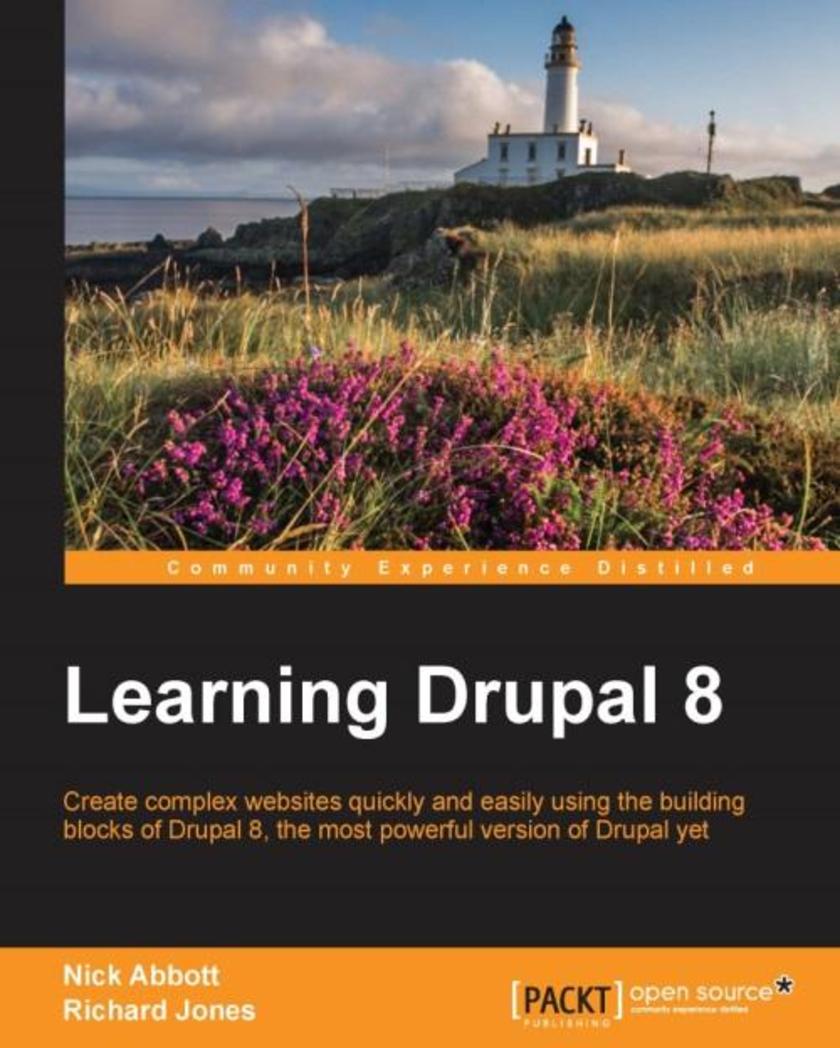
Learning Drupal 8
¥80.65
Create complex websites quickly and easily using the building blocks of Drupal 8, the most powerful version of Drupal yetAbout This BookBuild complete, complex websites with no prior knowledge of web development entirely using the intuitive Drupal user interfaceFollow a practical case study chapter-by-chapter to construct a complete website as you progressEnsure your sites are modern, responsive and mobile-friendly through utilizing the full features available in Drupal 8Who This Book Is ForIf you want to learn to use Drupal 8 for the first time, or you are transitioning over from a previous version of Drupal, this is the book for you. No knowledge of PHP, MySQL, or HTML is assumed or requiredWhat You Will LearnSet up a local “stack” development environment and install your first Drupal 8 siteFind out what is available in Drupal 8 coreDefine content types and taxonomies—and find out when you should do soUse the powerful Views moduleGet hands-on with image and media handlingExtend Drupal using custom community modulesDevelop the look and feel of your website using Drupal themesManage site users and permissionsIn DetailDrupal 8 sets a new standard for ease of use, while offering countless new ways to tailor and deploy your content to the Web. Drupal 8 allows user to easily customize data structures, listings, and pages, and take advantage of new capabilities for displaying data on mobile devices, building APIs, and adapting to multilingual needs.The book takes you step by step through building a Drupal 8 website. Start with the basics, such as setting up a local “stack” development environment and installing your first Drupal 8 site, then move on to image and media handling, and extending Drupal modules. Push your knowledge by getting to grips with the modular nature of Drupal, and learning to extend it by adding new functionalities to create your new modules. By the end of the book, you will be able to develop and manage a modern and responsive website using Drupal.Style and approachThis is an absolute beginners’ guide, providing step-by-step instructions to help you learn Drupal 8 from scratch.
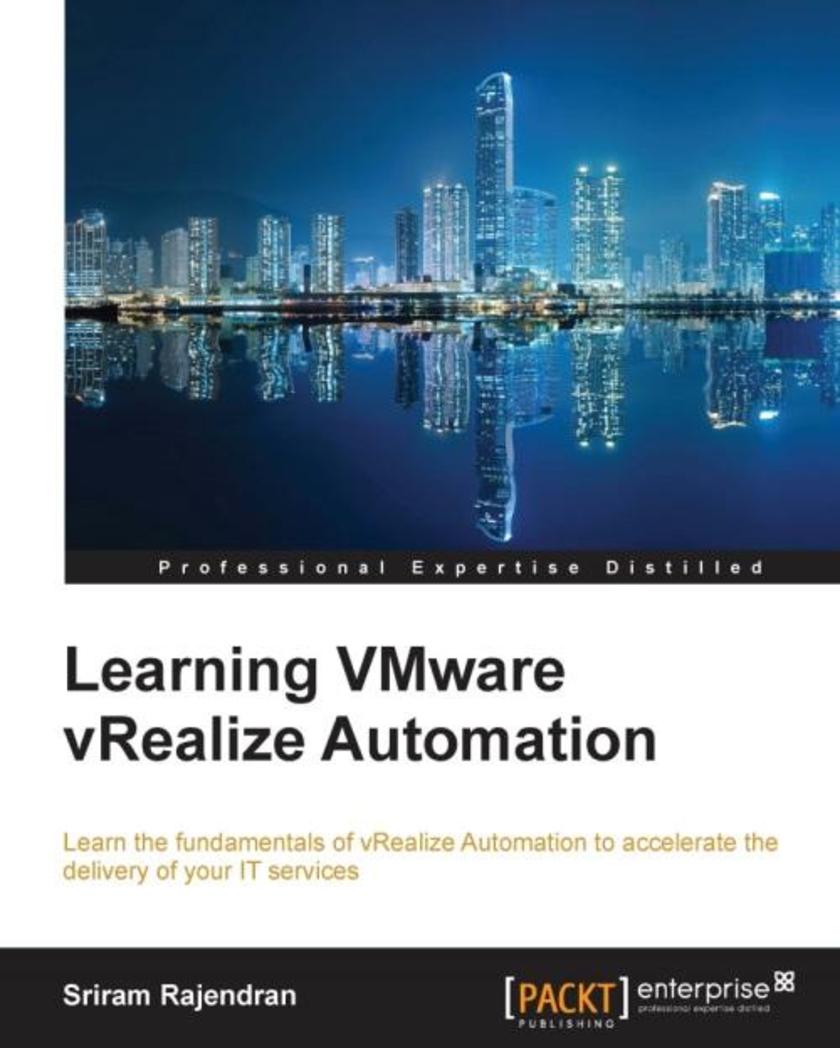
Learning VMware vRealize Automation
¥80.65
Learn the fundamentals of vRealize Automation to accelerate the delivery of your IT servicesAbout This BookLearn to install the vRealize Automation product in a distributed architecture using a load balancerPlan backup and recovery strategies for every vRealize automation componentUse vRealize Automation to manage applications and improve operational efficiency using this simple and intuitive guideWho This Book Is ForThis book is for anyone who wants to start their journey with vRealize Automation. It is your one-stop instruction guide to installing and configuring a distributed setup using NSX load balancer. Regardless of whether or not you have used vRealize Automation before, following the steps provided in each chapter will get you started with the product.What You Will LearnUnderstand the basic building blocks of vRealize Automation before embarking on the journey of installationFamiliarize yourself with the requirements and steps that need to be performed during the first phase of the distributed installationCarry out a functional validation of the first phase of installation before completing the installationBuild a blueprint for vSphere endpoint, an essential step for a successful deployment of a service catalogCreate, configure, and deploy tenants, endpoints, blueprints, and the service catalogGet to grips with the failover process for all components in vRealize AutomationLearn to configure the NSX loadbalancer for vRealize Orchestrator for high availabilityLeverage ASD to develop XaaS (Anything as a Service) in vRealize Automation to deliver valuable competenceIn DetailWith the growing interest in Software Defined Data Centers (SDDC), vRealize Automation offers data center users an organized service catalog and governance for administrators. This way, end users gain autonomy while the IT department stays in control, making sure security and compliance requirements are met. Learning what each component does and how they dovetail with each other will bolster your understanding of vRealize Automation.The book starts off with an introduction to the distributed architecture that has been tested and installed in large scale deployments. Implementing and configuring distributed architecture with custom certificates is unarguably a demanding task, and it will be covered next. After this, we will progress with the installation. A vRealize Automation blueprint can be prepared in multiple ways; we will focus solely on vSphere endpoint blueprint. After this, we will discuss the high availability configuration via NSX loadbalancer for vRealize Orchestrator. Finally, we end with Advanced Service Designer, which provides service architects with the ability to create advanced services and publish them as catalog items.Style and approachThis book takes a step-by-step approach, is explained in a conversational and easy-to-follow style, and includes ample screenshots . Each topic is explained sequentially through planning, preparing, installing, configuring, and validating of all vRealize Automation’s components.
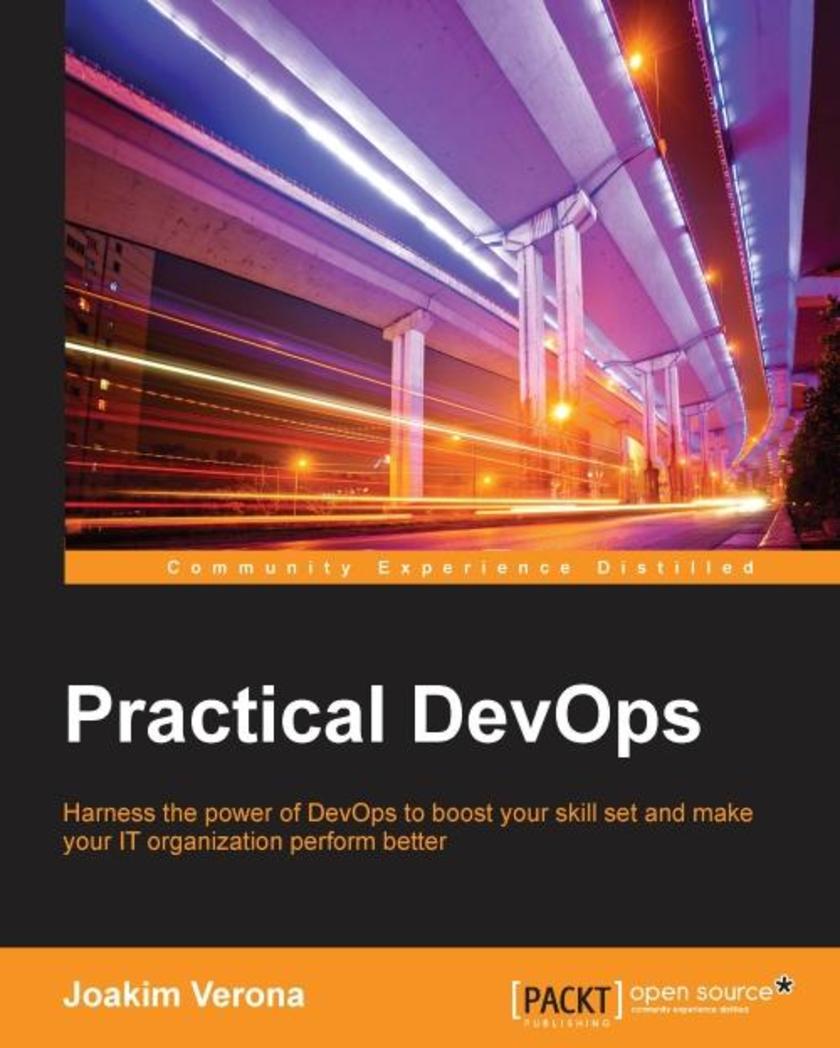
Practical DevOps
¥80.65
Harness the power of DevOps to boost your skill set and make your IT organization perform betterAbout This BookGet to know the background of DevOps so you understand the collaboration between different aspects of an IT organization and a software developerImprove your organization's performance to ensure smooth production of software and servicesDeploy top-quality software and ensure software maintenance and release management with this practical guideWho This Book Is ForThis book is aimed at developers and system administrators who wish to take on larger responsibilities and understand how the infrastructure that builds today's enterprises works. This book is also great for operations personnel who would like to better support developers. You do not need to have any previous knowledge of DevOps.What You Will LearnAppreciate the merits of DevOps and continuous delivery and see how DevOps supports the agile processUnderstand how all the systems fit together to form a larger wholeSet up and familiarize yourself with all the tools you need to be efficient with DevOpsDesign an application that is suitable for continuous deployment systems with Devops in mindStore and manage your code effectively using different options such as Git, Gerrit, and GitlabConfigure a job to build a sample CRUD applicationTest the code using automated regression testing with Jenkins SeleniumDeploy your code using tools such as Puppet, Ansible, Palletops, Chef, and VagrantMonitor the health of your code with Nagios, Munin, and GraphiteExplore the workings of Trac—a tool used for issue trackingIn DetailDevOps is a practical field that focuses on delivering business value as efficiently as possible. DevOps encompasses all the flows from code through testing environments to production environments. It stresses the cooperation between different roles, and how they can work together more closely, as the roots of the word imply—Development and Operations.After a quick refresher to DevOps and continuous delivery, we quickly move on to looking at how DevOps affects architecture. You'll create a sample enterprise Java application that you’ll continue to work with through the remaining chapters. Following this, we explore various code storage and build server options. You will then learn how to perform code testing with a few tools and deploy your test successfully. Next, you will learn how to monitor code for any anomalies and make sure it’s running properly. Finally, you will discover how to handle logs and keep track of the issues that affect processesStyle and approachThis book is primarily a technical guide to DevOps with practical examples suitable for people who like to learn by implementing concrete working code. It starts out with background information and gradually delves deeper into technical subjects.

Redmine Cookbook
¥80.65
Over 80 hands-on recipes to improve your skills in project management, team management, process improvement, and Redmine administrationAbout This BookEfficiently install and customize Redmine for your own infrastructure, whether that be Microsoft or open sourceManage multiple projects with multiple teams across the globe in a standardized and effective wayCustomize Redmine to fit your organisation's specific and unique needsWho This Book Is ForThis book is for those who working in management or administrator positions who are already using Redmine or are willing to start using it for project management, tracking, collaboration, or process management. Additionally, individual developers or teams can benefit from recipes related to code repositories, bug tracking, and software project management.What You Will LearnMake Redmine run on Microsoft SQL Server with IISEnjoy the benefits of updating the code on a real-time basis and maintaining consistencyManage multiple projects and teams simultaneouslyLeverage Redmine features to enhance team's performanceUse Redmine for SCRUM and Agile methodologiesDeploy Redmine for Service DeskCustomize the user experience by manually tracking the ongoing projectsExtend Redmine through various pluginsIn DetailIn a variety of online project management tools, Redmine markets itself as offering flexibility. Choosing the right management tool can mean the difference between the success and failure of a project. Flexible project management tools bend themselves to fit your needs, whether that’s communication regarding a simple project, or collaboration, or more complex project methodology such as SCRUM, or an issue-code relationship, or the need of different methodology for your project.Whether you are project manager or system administrator, this book provides valuable recipes to get the best possible performance out of your team, organization, infrastructure, and Redmine itself. Through a series of carefully crafted recipes covering the nitty-gritty of Redmine, you’ll be guided through the installation of Redmine, as well as how to fine-tune and customize your Redmine installation. Finally, we walk you through integrating Redmine with other softwares and databases like Tortoise SVN and Visual Studio and troubleshooting Redmine.Style and approachThis book follows a step-by-step recipe-based approach. Detailed prerequisites make each recipe easy to follow and apply in practice in any kind of live environment.
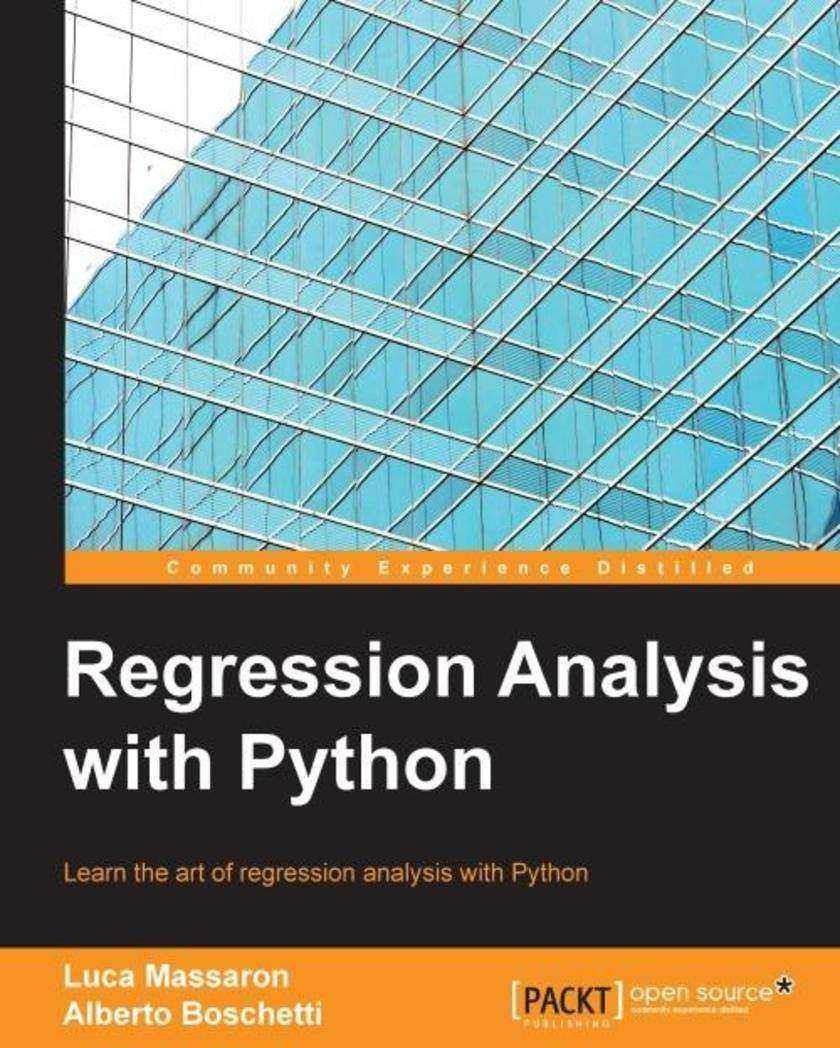
Regression Analysis with Python
¥80.65
Learn the art of regression analysis with PythonAbout This BookBecome competent at implementing regression analysis in PythonSolve some of the complex data science problems related to predicting outcomesGet to grips with various types of regression for effective data analysisWho This Book Is ForThe book targets Python developers, with a basic understanding of data science, statistics, and math, who want to learn how to do regression analysis on a dataset. It is beneficial if you have some knowledge of statistics and data science.What You Will LearnFormat a dataset for regression and evaluate its performanceApply multiple linear regression to real-world problemsLearn to classify training pointsCreate an observation matrix, using different techniques of data analysis and cleaningApply several techniques to decrease (and eventually fix) any overfitting problemLearn to scale linear models to a big dataset and deal with incremental dataIn DetailRegression is the process of learning relationships between inputs and continuous outputs from example data, which enables predictions for novel inputs. There are many kinds of regression algorithms, and the aim of this book is to explain which is the right one to use for each set of problems and how to prepare real-world data for it. With this book you will learn to define a simple regression problem and evaluate its performance. The book will help you understand how to properly parse a dataset, clean it, and create an output matrix optimally built for regression. You will begin with a simple regression algorithm to solve some data science problems and then progress to more complex algorithms. The book will enable you to use regression models to predict outcomes and take critical business decisions. Through the book, you will gain knowledge to use Python for building fast better linear models and to apply the results in Python or in any computer language you prefer.Style and approach This is a practical tutorial-based book. You will be given an example problem and then supplied with the relevant code and how to walk through it. The details are provided in a step by step manner, followed by a thorough explanation of the math underlying the solution. This approach will help you leverage your own data using the same techniques.
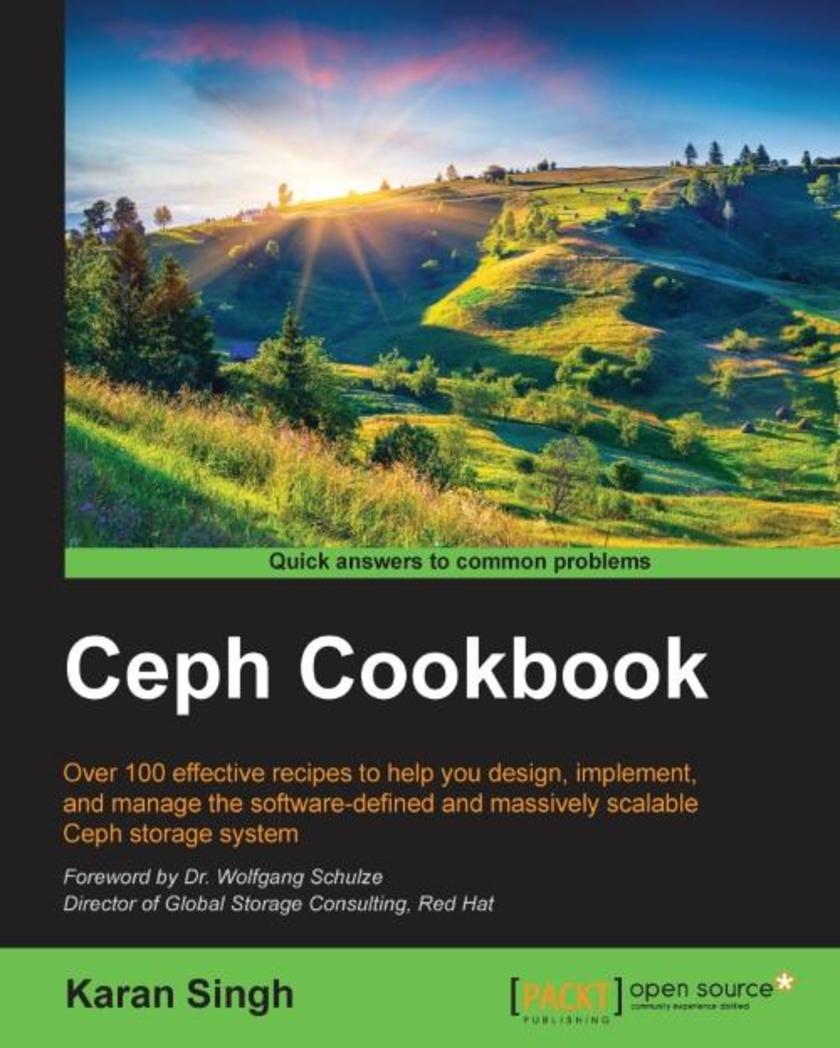
Ceph Cookbook
¥80.65
Over 100 effective recipes to help you design, implement, and manage the software-defined and massively scalable Ceph storage systemAbout This BookImplement a Ceph cluster successfully and gain deep insights into its best practicesHarness the abilities of experienced storage administrators and architects, and run your own software-defined storage systemThis comprehensive, step-by-step guide will show you how to build and manage Ceph storage in production environmentWho This Book Is ForThis book is aimed at storage and cloud system engineers, system administrators, and technical architects who are interested in building software-defined storage solutions to power their cloud and virtual infrastructure. If you have basic knowledge of GNU/Linux and storage systems, with no experience of software defined storage solutions and Ceph, but eager to learn this book is for you.What You Will LearnUnderstand, install, configure, and manage the Ceph storage systemGet to grips with performance tuning and benchmarking, and gain practical tips to run Ceph in productionIntegrate Ceph with OpenStack Cinder, Glance, and nova componentsDeep dive into Ceph object storage, including s3, swift, and keystone integrationBuild a Dropbox-like file sync and share service and Ceph federated gateway setupGain hands-on experience with Calamari and VSM for cluster monitoringFamiliarize yourself with Ceph operations such as maintenance, monitoring, and troubleshootingUnderstand advanced topics including erasure coding, CRUSH map, cache pool, and system maintenanceIn DetailCeph is a unified, distributed storage system designed for excellent performance, reliability, and scalability. This cutting-edge technology has been transforming the storage industry, and is evolving rapidly as a leader in software-defined storage space, extending full support to cloud platforms such as Openstack and Cloudstack, including virtualization platforms. It is the most popular storage backend for Openstack, public, and private clouds, so is the first choice for a storage solution. Ceph is backed by RedHat and is developed by a thriving open source community of individual developers as well as several companies across the globe.This book takes you from a basic knowledge of Ceph to an expert understanding of the most advanced features, walking you through building up a production-grade Ceph storage cluster and helping you develop all the skills you need to plan, deploy, and effectively manage your Ceph cluster. Beginning with the basics, you’ll create a Ceph cluster, followed by block, object, and file storage provisioning. Next, you’ll get a step-by-step tutorial on integrating it with OpenStack and building a Dropbox-like object storage solution. We’ll also take a look at federated architecture and CephFS, and you’ll dive into Calamari and VSM for monitoring the Ceph environment. You’ll develop expert knowledge on troubleshooting and benchmarking your Ceph storage cluster. Finally, you’ll get to grips with the best practices to operate Ceph in a production environment.Style and approach This step-by-step guide is filled with practical tutorials, making complex scenarios easy to understand.
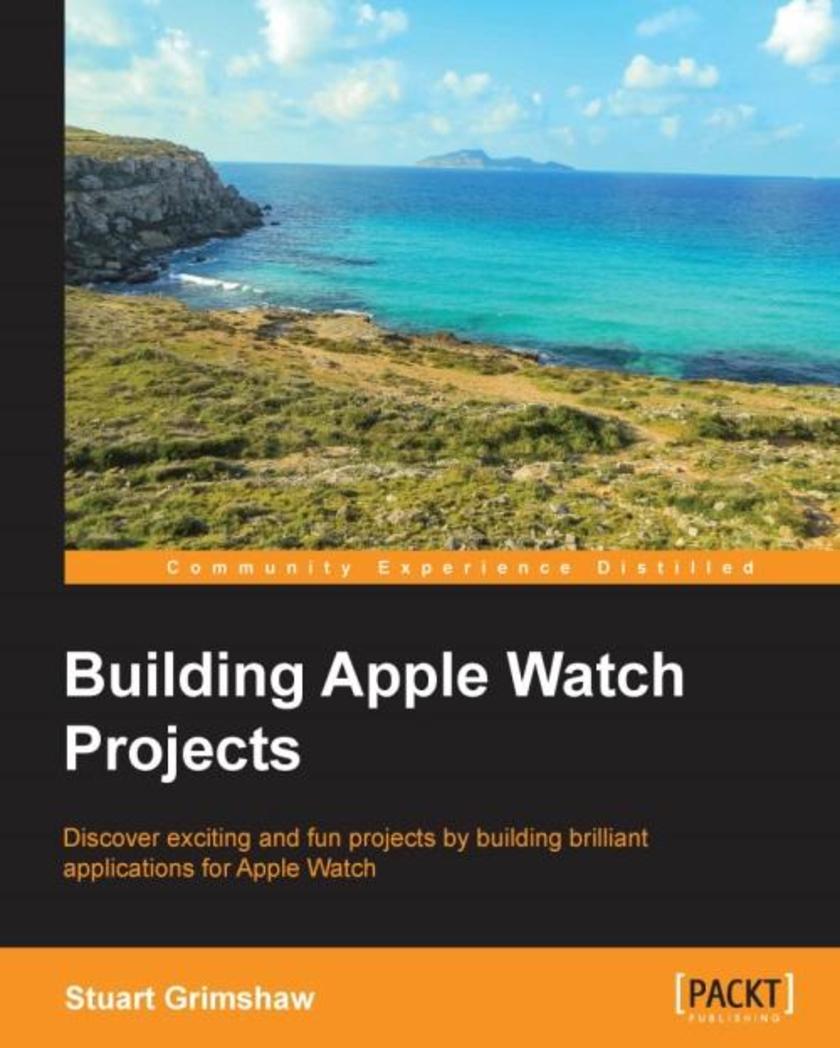
Building Apple Watch Projects
¥80.65
Discover exciting and fun projects by building brilliant applications for the Apple WatchAbout This BookExplore the opportunities opened up to developers by Apple’s latest device: the Apple WatchBe a crackerjack at developing software across a broad range of watch app categoriesFrom an eminent author, master all stages of development, from the first stage through to a completed projectWho This Book Is ForIf you have some basic knowledge of programming in Swift and are looking for the best way to get started with Apple Watch development, this book is just the right one for you!What You Will LearnUnderstand the concept of the Apple Watch as an autonomous device as well as it being paired with the iPhoneGet your app up and runningDesign exciting, inspiring, and attractive layouts for your appsMake your user interface more engaging using images and animationEnable your Watch and iPhone apps to transport and share dataLeverage the feature-rich set of WatchKit technologies provided by AppleConnect your apps to the InternetSubmit your app to the App StoreIn DetailWith Apple’s eagerly anticipated entry into the wearable arena, the field is wide open for a new era of app development. The Apple Watch is one of the most important technologies of our time.This easy-to-understand book takes beginners on a delightful journey of discovering the features available to the developer, right up to the completion of medium-level projects ready for App Store submission. It provides the fastest way to develop real-world apps for the Apple Watch by teaching you the concepts of Watch UI, visual haptic and audio, message and data exchange between watch and phone, Web communication, and finally Visual, haptic as well as audio feedback for users.By the end of this book, you will have developed at least four fully functioning apps for deployment on watchOS 2.Style and approachThis is a step-by-step guide to developing apps for the Apple Watch with the help of screenshots and fully coded working examples.
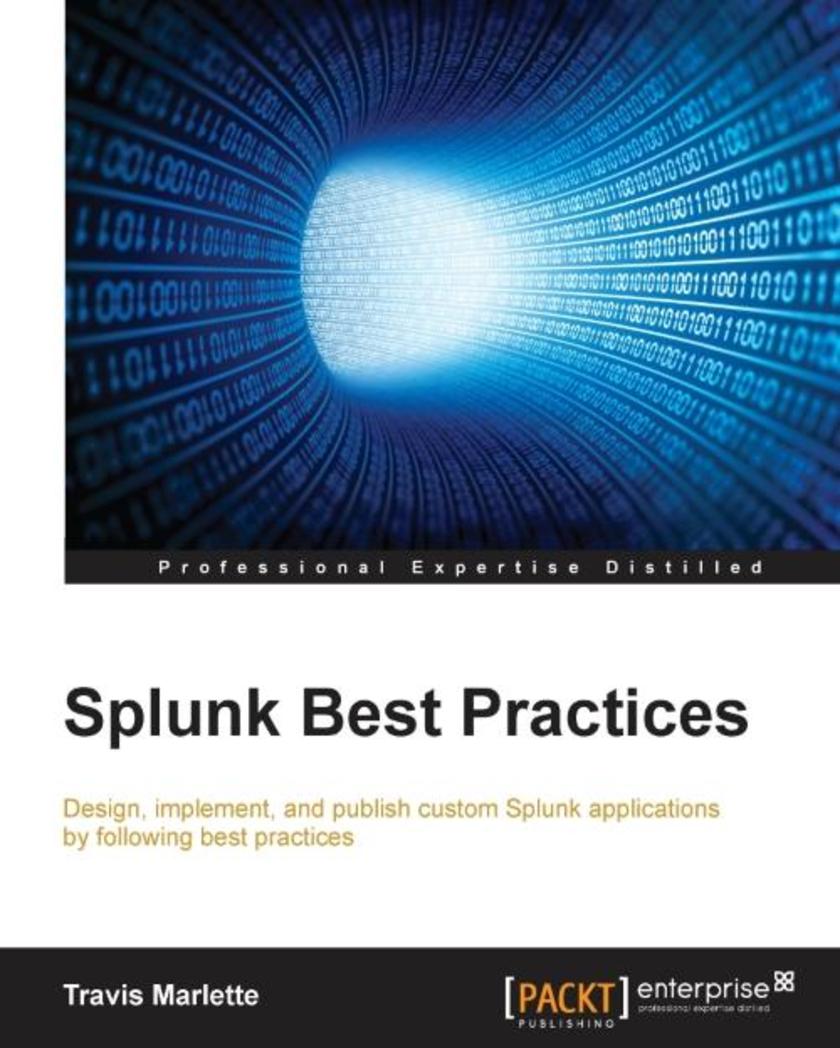
Splunk Best Practices
¥80.65
Design, implement, and publish custom Splunk applications by following best practices About This Book This is the most up-to-date guide on the market and will help you finish your tasks faster, easier, and more efficiently. Highly practical guide that addresses common and not-so-common pain points in Splunk. Want to explore shortcuts to perform tasks more efficiently with SplunkThis is the book for you! Who This Book Is For This book is for administrators, developers, and search ninjas who have been using Splunk for some time. A comprehensive coverage makes this book great for Splunk veterans and newbies alike. What You Will Learn Use Splunk effectively to gather, analyze, and report on operational data throughout your environment Expedite your reporting, and be empowered to present data in a meaningful way Create robust searches, reports, and charts using Splunk Modularize your programs for better reusability. Build your own Splunk apps and learn why they are important Learn how to integrate with enterprise systems Summarize data for longer term trending, reporting, and analysis In Detail This book will give you an edge over others through insights that will help you in day-to-day instances. When you're working with data from various sources in Splunk and performing analysis on this data, it can be a bit tricky. With this book, you will learn the best practices of working with Splunk. You'll learn about tools and techniques that will ease your life with Splunk, and will ultimately save you time. In some cases, it will adjust your thinking of what Splunk is, and what it can and cannot do. To start with, you'll get to know the best practices to get data into Splunk, analyze data, and package apps for distribution. Next, you'll discover the best practices in logging, operations, knowledge management, searching, and reporting. To finish off, we will teach you how to troubleshoot Splunk searches, as well as deployment, testing, and development with Splunk. Style and approach If you're stuck or want to find a better way to work with Splunk environment, this book will come handy. This easy-to-follow, insightful book contains step-by-step instructions and examples and scenarios that you will connect to.
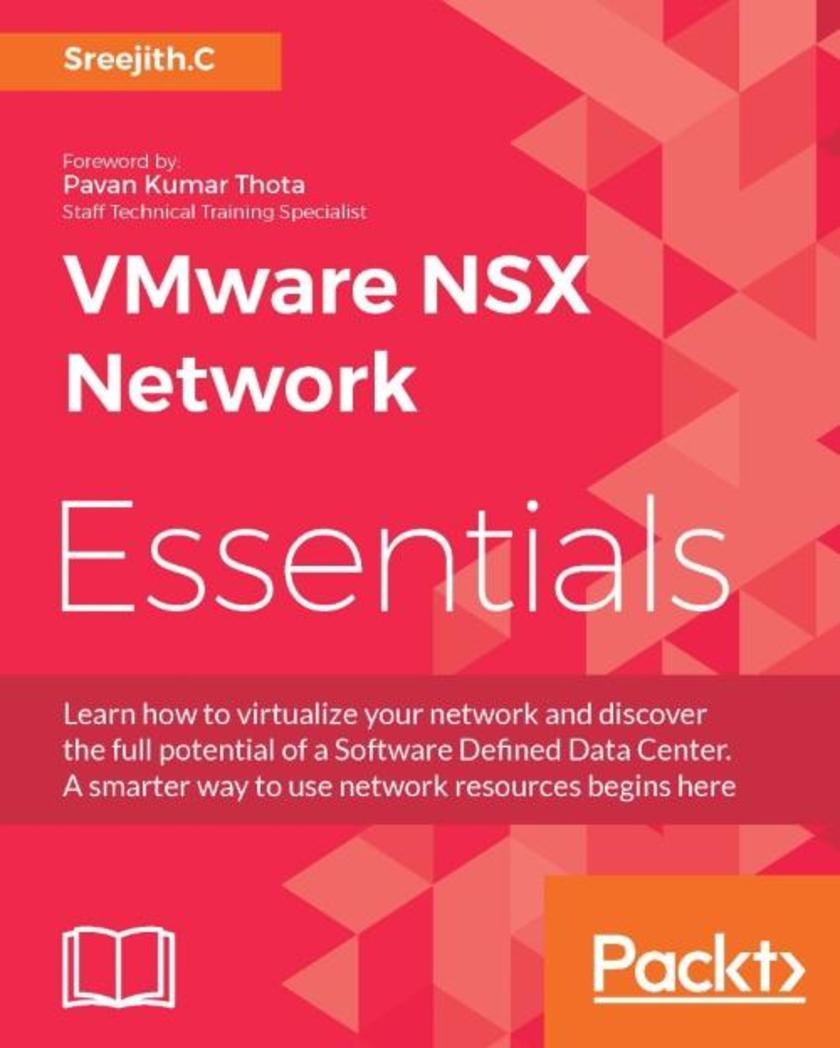
VMware NSX Network Essentials
¥80.65
Learn how to virtualize your network and discover the full potential of a Software Defined Data Center. A smarter way to use network resources begins here About This Book Experience the dynamism and flexibility of a virtualized software defined data center with NSX Find out how to design your network infrastructure based on what your organization needs From security to automation, discover how NSX’s impressive range of features can unlock a more effective and intelligent approach to system administration Who This Book Is For If you’re a network administrator and want a simple but powerful solution to your network virtualization headaches, look no further than this fast-paced, practical guide. What You Will Learn Deep dive into NSX-v Manager, Controller deployment, and design decisions Get to know the strategies needed to make decisions on each mode of VXLAN that is based on physical network design Deploy Edge Gateway and leverage all the gateway features and design decisions Get to grips with NSX-v Security features and automate security Leverage Cross VC, identify the benefits, and work through a few deployment scenarios Troubleshoot an NSX-v to isolate problems and identify solutions through a step-by-step process In Detail VMware NSX is at the forefront of the software-defined networking revolution. It makes it even easier for organizations to unlock the full benefits of a software-defined data center – scalability, flexibility – while adding in vital security and automation features to keep any sysadmin happy. Software alone won’t power your business – with NSX you can use it more effectively than ever before, optimizing your resources and reducing costs. Getting started should be easy – this guide makes sure it is. It takes you through the core components of NSX, demonstrating how to set it up, customize it within your current network architecture. You’ll learn the principles of effective design, as well as some things you may need to take into consideration when you’re creating your virtual networks. We’ll also show you how to construct and maintain virtual networks, and how to deal with any tricky situations and failures. By the end, you’ll be confident you can deliver, scale and secure an exemplary virtualized network with NSX. Style and approach This book provides you with an introduction to software-defined networking with VMware NSX. Focusing on the most essential elements, so you can put your knowledge into practice quickly, it’s a guide dedicated to anyone who understands that sometimes real-world problems require virtualized solutions.
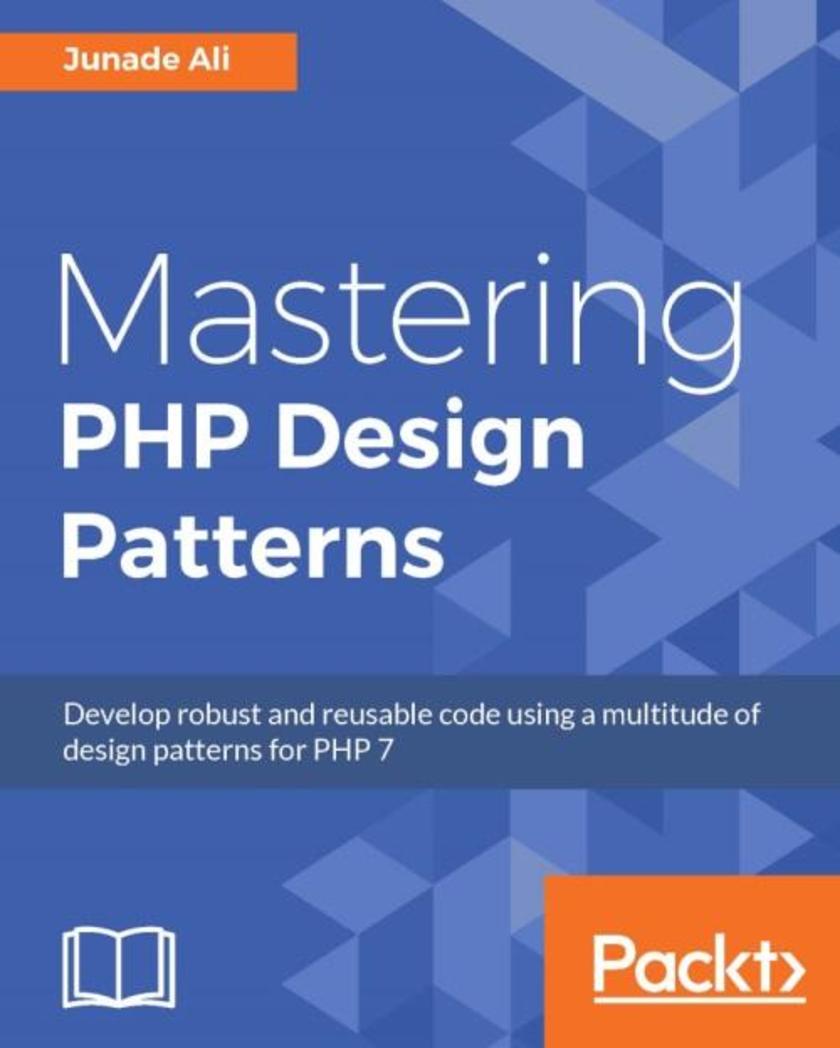
Mastering PHP Design Patterns
¥80.65
Develop robust and reusable code using a multitude of design patterns for PHP 7 About This Book Learn about advanced design patterns in PHP 7 Understand enhanced architectural patterns Learn to implement reusable design patterns to address common recurring problems Who This Book Is For This book is for PHP developers who wish to have better organization structure over their code through learning common methodologies to solve architectural problems against a backdrop of learning new functionality in PHP 7. What You Will Learn Recognize recurring problems in your code with Anti-Patterns Uncover object creation mechanisms using Creational Patterns Use Structural design patterns to easily access your code Address common issues encountered when linking objects using the splObserver classes in PHP 7 Achieve a common style of coding with Architectural Patterns Write reusable code for common MVC frameworks such as Zend, Laravel, and Symfony Get to know the best practices associated with design patterns when used with PHP 7 In Detail Design patterns are a clever way to solve common architectural issues that arise during software development. With an increase in demand for enhanced programming techniques and the versatile nature of PHP, a deep understanding of PHP design patterns is critical to achieve efficiency while coding. This comprehensive guide will show you how to achieve better organization structure over your code through learning common methodologies to solve architectural problems. You’ll also learn about the new functionalities that PHP 7 has to offer. Starting with a brief introduction to design patterns, you quickly dive deep into the three main architectural patterns: Creational, Behavioral, and Structural popularly known as the Gang of Four patterns. Over the course of the book, you will get a deep understanding of object creation mechanisms, advanced techniques that address issues concerned with linking objects together, and improved methods to access your code. You will also learn about Anti-Patterns and the best methodologies to adopt when building a PHP 7 application. With a concluding chapter on best practices, this book is a complete guide that will equip you to utilize design patterns in PHP 7 to achieve maximum productivity, ensuring an enhanced software development experience. Style and approach The book covers advanced design patterns in detail in PHP 7 with the help of rich code-based examples.
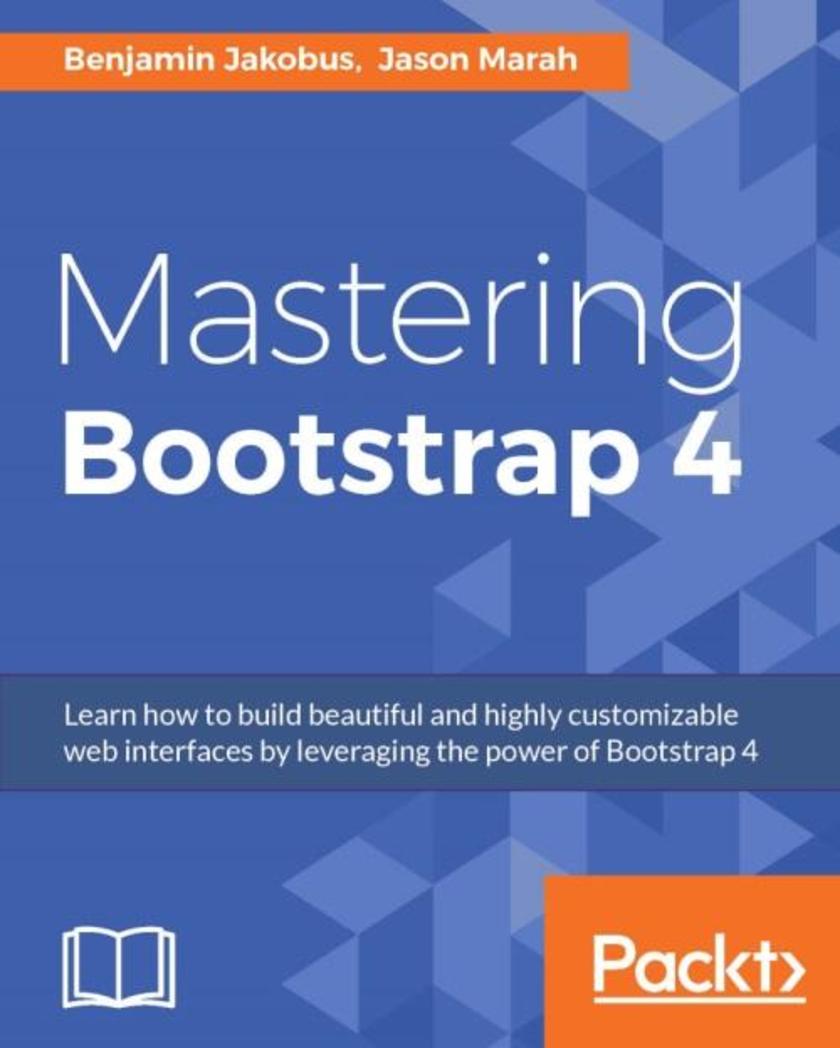
Mastering Bootstrap 4
¥80.65
Learn how to build beautiful and highly customizable web interfaces by leveraging the power of Bootstrap 4 About This Book Adapt and customize Bootstrap to produce enticing websites that fit your needs Explore Bootstrap's grid system, helper classes, and responsive utilities Extend Bootstrap with jQuery plugins and learn how to create your own custom plugins Who This Book Is For This book targets intermediate-level front-end web-developers. The book is not intended to be an introduction to web development. As such, the book assumes that readers have a firm grasp on the basic concepts behind web-development, as well as essential HTML, JavaScript and CSS skills. What You Will Learn Create a professional Bootstrap-based website from scratch without using third-party templates Apply the Bootstrap mobile-first grid system and add responsiveness and aesthetic touches to image elements Style various types of content and learn how to build a page’s layout from scratch by applying the power of Bootstrap 4 Take advantage of Bootstrap’s form helper and contextual classes Infuse your web pages with life and movement using Bootstrap jQuery plugins Customize the behavior and features of Bootstrap’s jQuery Plugins extensively Optimize your Bootstrap-based project before deployment Incorporate Bootstrap into an AngularJS or React application and use Bootstrap components as AngularJS directives or React components In Detail Bootstrap 4 is a free CSS and JavaScript framework that allows developers to rapidly build responsive web-interfaces. Right from the first chapter, dive into building a customized Bootstrap website from scratch. Get to grips with Bootstrap’s key features and quickly discover the various ways in which Bootstrap can help you develop web-interfaces. Then take walk through the fundamental features, such as its grid system, helper classes, and responsive utilities. When you have mastered these, you will discover how to structure page layouts, use forms, style different types of content and utilize Bootstrap’s various navigation components. Among other things, you will also tour the anatomy of a Bootstrap plugin, creating your own custom components and extending Bootstrap using jQuery. Finally, you will discover how to optimize your website and integrate it with third-party frameworks. By the end of this book, you will have a thorough knowledge of the framework’s ins and outs, and be able to build highly customizable and optimized web interfaces. Style and approach This comprehensive step-by-step guide walks you through building a complete website using Bootstrap 4. Each chapter is accompanied by source code and screenshots, and focuses on a distinct set of lessons that are illustrated within the context of a demo project.
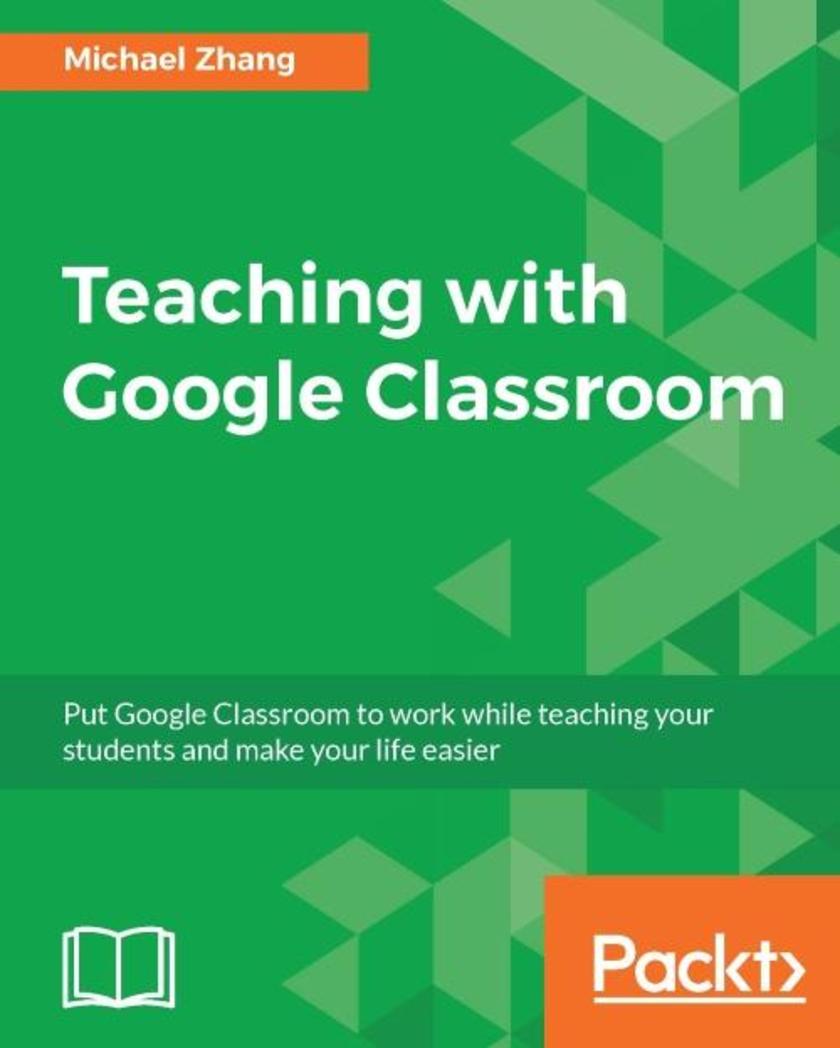
Teaching with Google Classroom
¥80.65
Put Google Classroom to work while teaching your students and make your life easier About This Book This is the first book to guide educators step by step through teaching with Google Classroom It’s focused on you, your students, and providing great learning experiences easily It’s easy to follow, with everything you need to get started and keep going even if you’re not a technology fan Who This Book Is For This is a book for educators who want to use Google Classroom to teach better. It’s not for geeks. There are rich examples, clear instructions, and enlightening explanations to help you put this platform to work. What You Will Learn Create a Google Classroom and add customized information for each individual class Add students to a Google Classroom Send announcements and questions to students Create, distribute, collect, and grade assignments through Google Classroom Add events to and share a Google Classroom’s calendar with parents to track a student's progress Reuse posts, archive classrooms, and perform other administrative tasks in Google Classroom Use Google Docs Add-ons, and Google Chrome Webstore Apps and Extensions to enhance assignments Set up Google Classroom’s mobile app In Detail Google Classroom helps teachers bring their work online. According to Google Trends, it’s already bigger than Moodle after barely a year in the wild. This book is a complete start-to-finish guide for teachers using Google Classroom for the first time. It explains what Google Classroom is, what it can do, how to set it up, and how to use it to enhance student learning while making your life as a teacher easier. It shows you how to place resources and activities online, gather assignments, and develop group and individual activities. It’s not just a manual, you’ll also discover inspiring, easy ways to put Google Classroom to work for you and your class. Style and approach This is a step-by-step guide to using Google Classroom, the rapidly emerging platform for education, effectively.
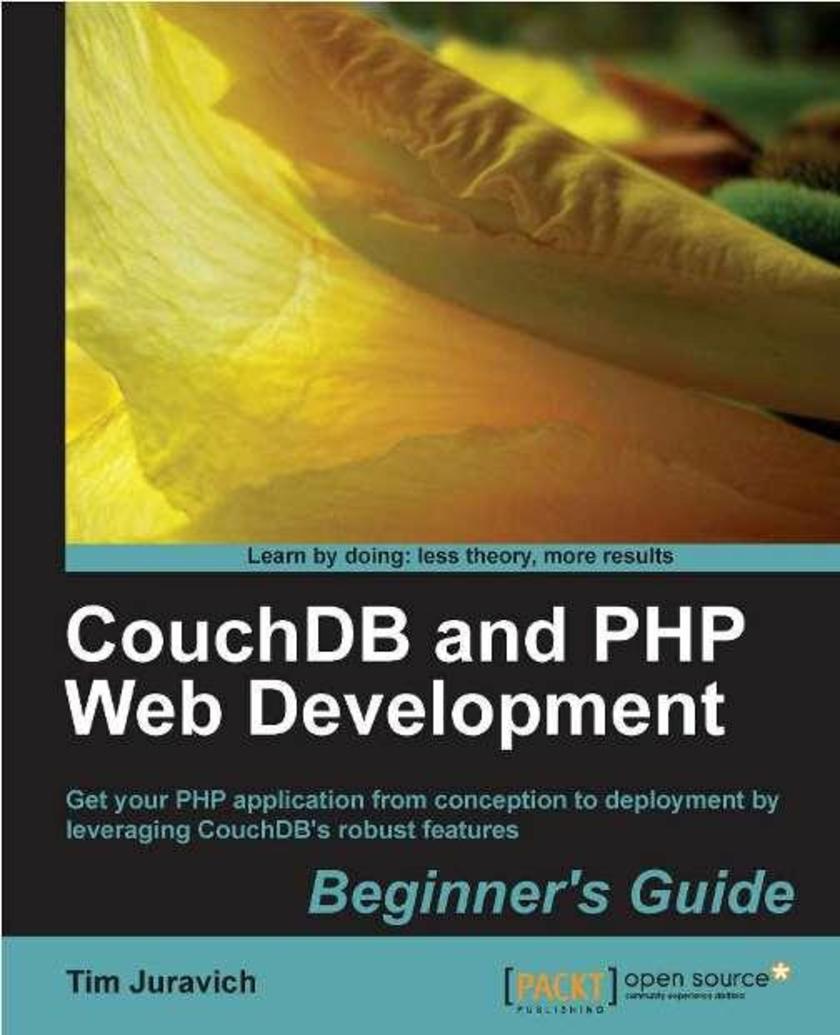
CouchDB and PHP Web Development Beginner's Guide
¥80.65
Each chapter follows the creation of a social networking application with step-by-step instructions. This means that you will have easily created a complete, working application by the end of the book. This book is for beginner and intermediate PHP developers interested in using CouchDB development in their projects. Advanced PHP developers will appreciate the familiarity of the PHP architecture and can easily learn how to incorporate CouchDB into their existing development experiences.

Blackboard Learn Administration
¥80.65
Hands-on and step-by-step instructions on successfully administrating Blackboard Learn from an admin expert. This book is for in-house IT administrators who are responsible for maintaining the school’s IT system and making sure that it is ready for the teachers to use. Readers will need some experience with server management and installation.
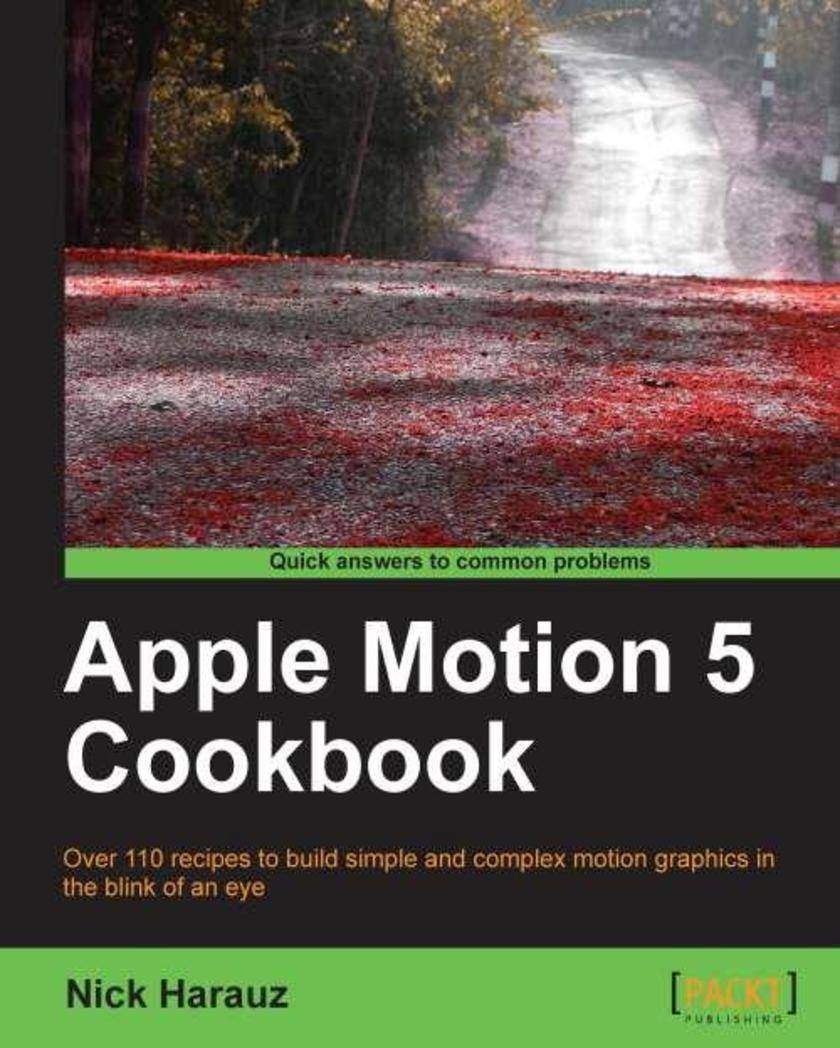
Apple Motion 5 Cookbook
¥80.65
Step-by-step, practical recipes to build simple and complex Motion Graphics with Motion 5"Apple Motion 5 Cookbook" is designed for Final Cut Pro X video editors and Motion 5 users looking to gain more knowledge of how Motion works, and to get more of a ‘WOW’ factor in projects. It’s also aimed at designers and motion designers alike, who are looking to build on their skillsets.
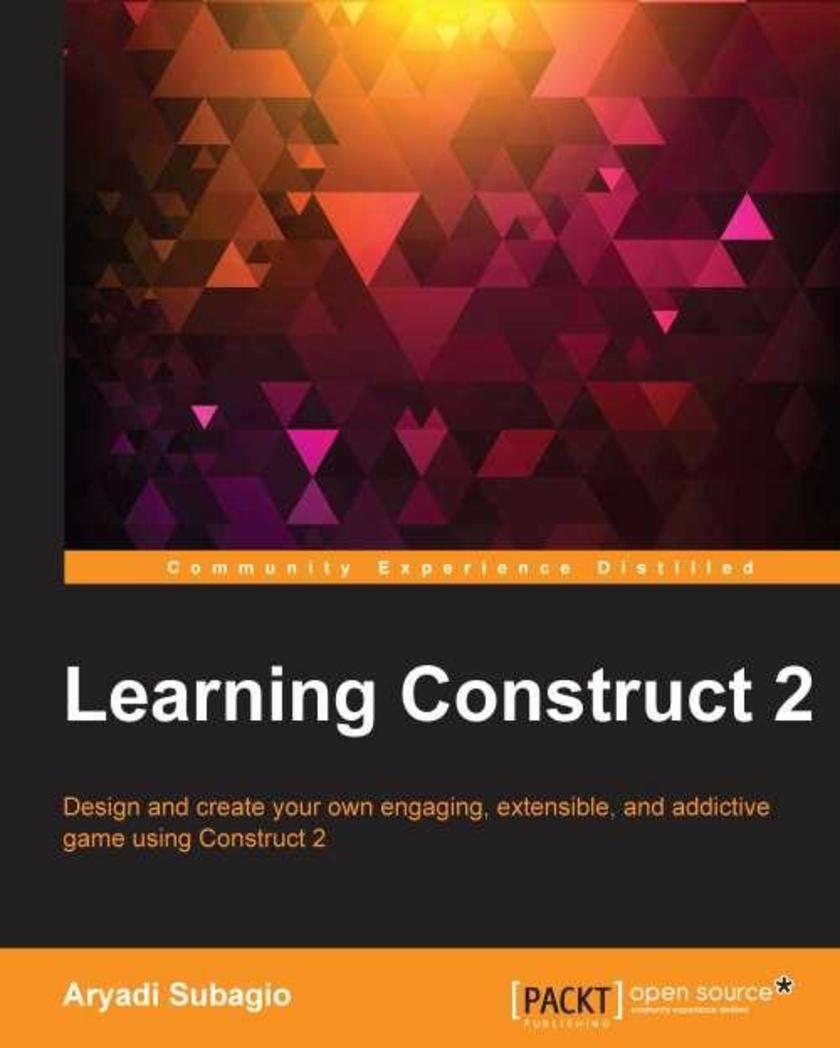
Learning Construct 2
¥80.65
If you want to make your own game but don't know how to start or don't have the technical skills to do it, then this is the book for you. You don't need to have a programming background to understand the concepts explained.

VMware vRealize Operations Performance and Capacity Management
¥80.65
If you are an IT professional who is interested in performance management and capacity management in a virtual data center, then this book is ideal for you. The book is an intermediate-level book.




 购物车
购物车 个人中心
个人中心



